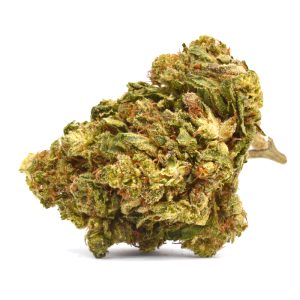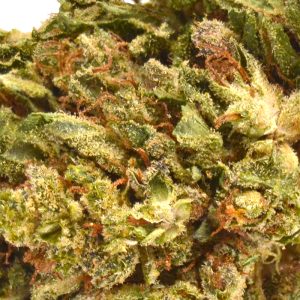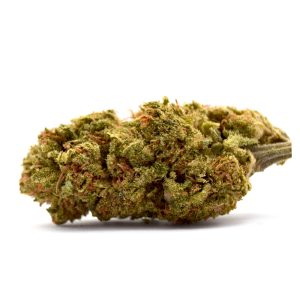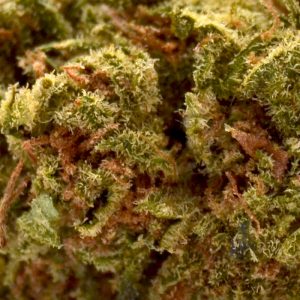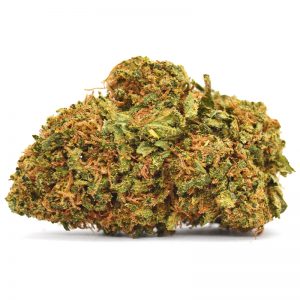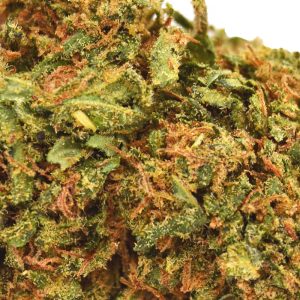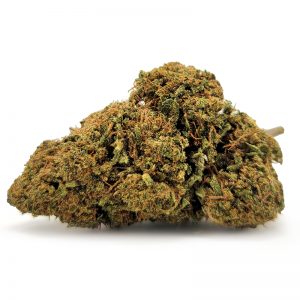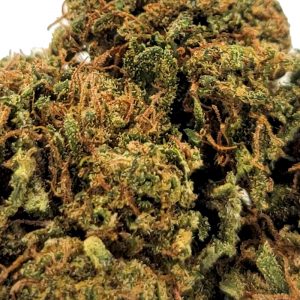Diamonds … What Are They Exactly? See Here

Diamonds
ˈdī’əmənd | Noun
A common term in the cannabis industry that refers to crystalline structures, primarily THCA and CBDA, developed in sauce extracts or isolated independently.
“I melt CBD diamonds for my home-made skincare products.”
“I always add terpenes to my CBD diamonds before dabbing.”
What are CBD Diamonds?
In the cannabis world, the term “diamonds” is used to describe two things. The first is tetrahydrocannabinolic acid (THCA) crystalline, also known as THCA diamonds. The second one is THCA crystalline developed in the presence of a terpene-rich solution.
Recently, with the rise of hemp cannabidiol, manufacturers started producing CBD diamonds, or CBD crystals. This is the purest form of cannabidiol available on the market. They’ve also started to offer CBD diamonds in a terpene-rich solution (terp sauce).
More About Diamonds
In sauce (a cannabis extract), diamonds are the crystalline structures that develop at the bottom of the container. Concentrate enthusiasts like to use sauce carts, which are vape cartridges loaded with terpene-heavy sauce.
Diamonds in cannabis extracts may also refer to the crystalline structures that come to the surface after removing the terp sauce extract from the initial mixture. They are typically coated in residual sauce. The term diamonds can also refer to pure CBD crystalline that’s been isolated from refined oil.
The main difference between these types of diamonds is the way they’ve been extracted and processed. Regardless if presented as a saucy, terpene-rich extract or packaged as isolated cannabinoids (THCA, CBD, or CBDA), diamonds are always crystalline structures of pure cannabinoids.
Diamonds’ size and shape don’t necessarily reflect the quality of input materials. Their size and shape are influenced by factors like temperature, moisture, solvents, and chemical impurities involved in the extraction process.
They range in size from tiny to large chunks. The presence of sterols, lipids, and terpenes can impurify and alter the course of crystallization. It’s similar to the way chemical factors interfere with sugar crystallization to create molasses.
Terpenes and other compounds disrupt the crystallization of cannabinoids, which affects the diamond’s structure. It’s important to keep in mind that different shapes and sizes don’t necessarily mean different levels of purity. The physical attributes of the diamond indicate its path to crystallization, not how pure the diamond is.
What Is Diamond Mining?
It’s an industry term that describes the process of making diamonds and harvesting them from sauce. The size of the cannabinoid crystals and the overall consistency of the sauce pretty much determine if the crystals can be separated entirely from the concentrate. Ideally, diamond mining should result in two separate products:
- Pure crystalline diamonds
- Terp sauce, consisting of more than 50% terpenes and other extracted cannabinoids
CBD Crystals
Cannabidiol (CBD) crystals are a form of CBD isolate — the purest form of cannabidiol composed of at least 98% cannabidiol. Manufacturers use extraction and purification processes to remove all other plant extracts from hemp-sourced CBD oil. Those processes’ end product is an incredibly pure, white powder that has no taste or odor.
Crystals or diamonds are pure cannabidiol without other cannabinoids or compounds. They don’t have any traces of terpenes, flavonoids, THC, or other compounds typically found in full spectrum CBD products. The main reason manufacturers produce CBD crystals is to offer people strict control over the amount of CBD they consume.
How Are They Made?
CBD crystals are made by extracting oil from industrial hemp plants using supercritical carbon dioxide or organic solvents. This initial extract is full of other compounds, including cannabinoids. Therefore, the next step is purifying the extract to eliminate compounds that are still present in it. The purification process filters all “unnecessary” residual plant materials.
After extraction and filtration, the CBD extract goes through “winterization,” which removes any traces of additional lingering products. The outcome is a fine white powder that’s 99% pure cannabidiol isolate. Crystals come in a solid, diamond-like form. To get from a white powder to a crystal form, they go through several processes.
Making CBD Crystals
Manufacturers use special equipment known as chromatography to make CBD crystals. Here are the steps:
Cannabis Winterization
Before getting crystallized, the CBD oil must be distilled and winterized. The purpose of winterization is to eliminate undesirable traits like fats, lipids, and waxes. This extraction process uses an alcohol wash heated to about 120 degrees. After that, it’s immediately frozen for over 24 hours.
The final product of winterization is CBD distillate. This product shouldn’t be cloudy because murkiness is a sign of impurities. If the distillate is cloudy, then it should be winterized again until it’s clear. These steps yield the purest product.
Crystallization With a Chromatography Machine
After being winterized, the extract is crystallized using a chromatography machine. Chromatography is a process of purifying and isolating cannabinoids. The machine contains different levels, depending on the batch size that’s being worked on. The machine consists of:
- A column with a filter inside it
- An air compressor for applying pressure
- A collection chamber with some evaporable solution inside
The formation of CBD crystals is not a complicated process, but it does require some basic chemistry. Some people use sand as a filter, which must be very fine to yield the best results. The sand acts as filtration, while a pump of pressurized hose helps push the CBD molecules through the sand.
As the molecules pass through the sand (which again, acts as a filter), the smaller particles reach the bottom first. The elements in the extract have different molecular sizes. Therefore, CBD will be extracted first, while the remaining THC will filter through at the very end of the extraction process. This entire process can be done without pressure, but it’ll take some time.
The purified extract leaks to the bottom of the column, where it’s collected and stored together with the evaporable solution. To achieve maximum purity, processors repeat the process several times. But, repetitions reduce the quantity of the end product. To obtain the finished crystal product, they heat the solution, which triggers evaporation. This final process leaves behind purified crystals.
How Are They Used?
CBD crystals are versatile and can be used in many different ways. As a tasteless and odorless product, they can be used in:
Cooking
For people who love to cook with CBD, crystals are a great addition to recipes because they don’t add flavor or taste. The issue with using CBD in cooking is that high temperatures make this cannabinoid lose its potency. Therefore, it’s important to dissolve the crystals in cooking oils or butter and maintain the cooking or baking temperature between 350- and 400-degrees Fahrenheit. This will prevent the crystals from losing their potency.
Dabbing or Vaping
Cannabinoid crystals can be dabbed or vaped with the right equipment. The user needs a dab rig, strictly meant for cannabis concentrates and oils known as “dabs.” This device has been used in the cannabis community for years and is similar to a marijuana bong. The user places the CBD crystals in the nail (or banger), previously lit up with a torch or another heat source.
Mixed In Beverages
One of the best ways to take a dose of CBD is to mix the crystals in a beverage, like a smoothie, tea, juice, or morning coffee. Cannabidiol can even be mixed in alcoholic cocktails.
Sublingual Application
The easiest way to use CBD crystals is by taking them sublingually. Taking CBD crystals sublingually is not the same as taking CBD tinctures. To apply crystals, you should measure the dose, place it under the tongue, hold it in place for at least 60 seconds, and swallow.
Mixed With Oils or Used as A Topical
Cannabidiol crystals can be dissolved into a tincture or oil of choice. Many use hemp seed, olive, and coconut oil as carrier oils to create a CBD isolate using crystals. Some even mix them with skin oils to create their own unique CBD topical for targeting pain and inflammation.
Final Thoughts
In the cannabis industry, it’s a term used to describe cannabinoids that are either pure, crystalline molecules or coated in terp sauce.

